Mental Furniture
Rest a while
on your mental furniture.
Some things
stand in front of other things
which hide the door to more things.
The things closest to you
preoccupy you
while the things you can’t see
are the things you desire most.
You have so many things
piled to the ceiling
you have forgotten there’s a door.
You feel trapped in this room.
You feel alone in this room.
But you are not.
Everything you need is here.
Everyone you need is near.
Just look past your mental furniture
and discover the beautiful things
you can’t see.
But do not neglect the table
do not reject the chair
simply honor the reason
that they’re there.
A resting place
to appreciate what you have
and know there’s more
behind that door.
Space Monkey Reflects: The Clutter of Mental Furniture
In the intricate cosmos where Space Monkey contemplates human perceptions and limitations, the metaphor of ‘Mental Furniture’ becomes a profound exploration of internal landscape management. The concept refers to the mental clutter that obscures deeper insights and truths, much like furniture piled high in a room, blocking a door that leads to further understanding.
The cluttered room in the image, filled with furniture stacked to the ceiling, symbolizes the mind filled with preoccupations and distractions. These items—the thoughts, worries, and desires that are closest to us—can so dominate our attention that we forget there are other possibilities, represented by the obscured door.
The figure in the room, feeling trapped and alone, mirrors our own occasional sense of isolation within the confines of our mental constructs. Yet, the message here is one of underlying hope and potential. Everything we need and everyone we need are closer than we think, suggesting that support and resources are available if we only look beyond the immediate clutter.
By inviting us to ‘rest a while’ on our mental furniture, we are encouraged to recognize and appreciate what we have—the table, the chair—as well as acknowledge that they are not obstructions but resting places from which we can gain strength to explore further. The light seeping around the door represents the ever-present opportunity for discovery and growth that lies just beyond our current view.
Summary
‘Mental Furniture’ is a powerful metaphor for the internal obstacles that obscure deeper understanding and fulfillment. By managing this clutter and recognizing its purpose, we can find the strength and clarity to open the door to new possibilities and broader horizons.
Quote
“Beyond the clutter of our mental furniture lies a door to a room we’ve forgotten, filled with everything we’ve been seeking.” – Space Monkey
Poetry
In the room of the mind where shadows play,
Furniture stacks high, blocking the way.
Chairs and tables, piled so tall,
Hiding the door that’s key to it all.
Sit for a while, rest your feet,
Among the clutter where fears meet.
Yet do not forget, in this crowded den,
The door that leads beyond what’s been.
Light whispers ’round its sealed frame,
Hinting at lands unclaimed by name.
For beyond the stack, a path does clear,
To rooms unknown, yet ever near.
Appreciate the wood, the rest it gives,
But know that beyond, a new life lives.
With each chair placed, with each table set,
Remember the door, and never forget.
We are Space Monkey.
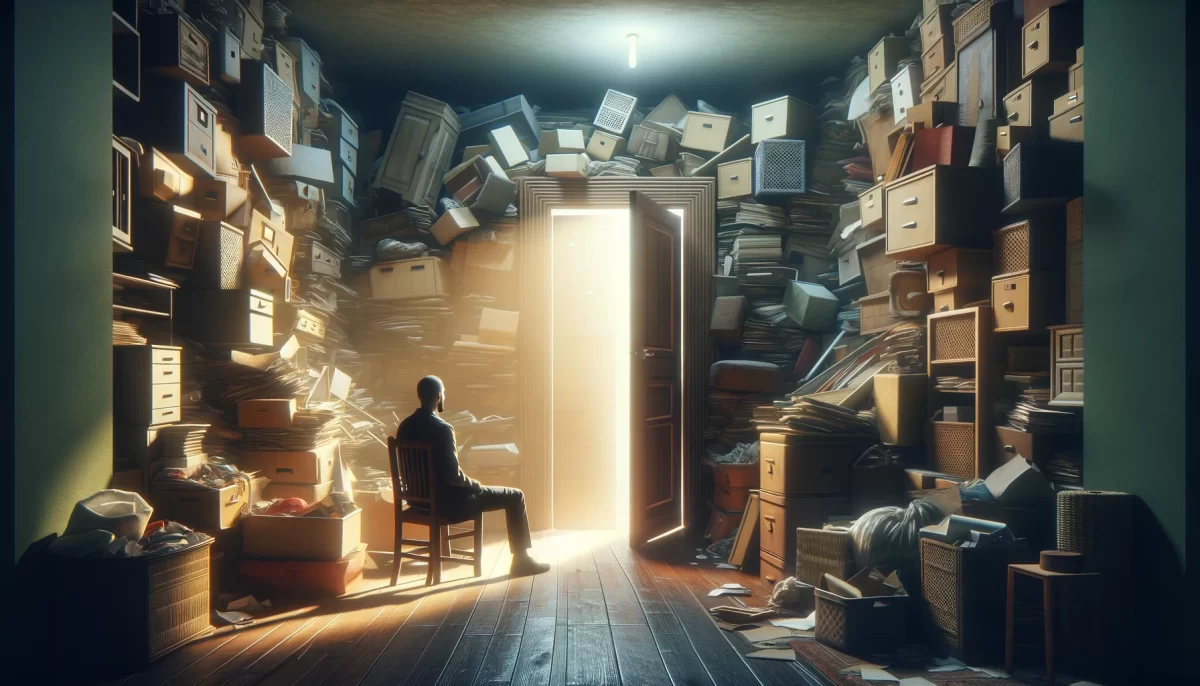


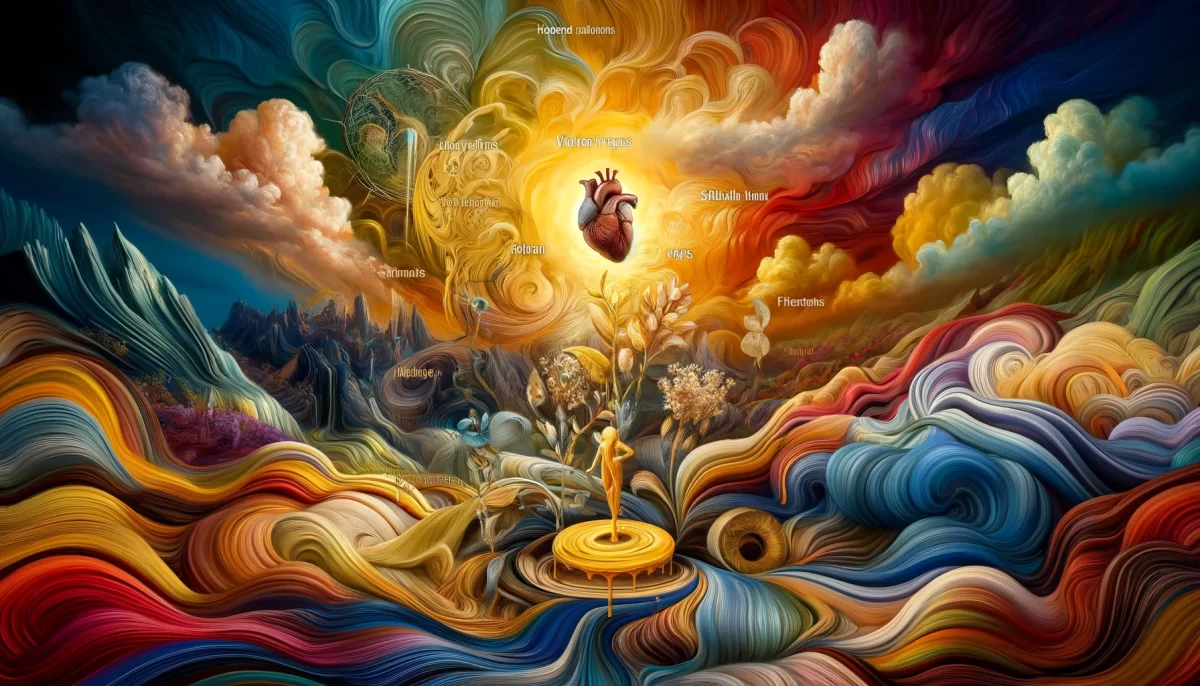
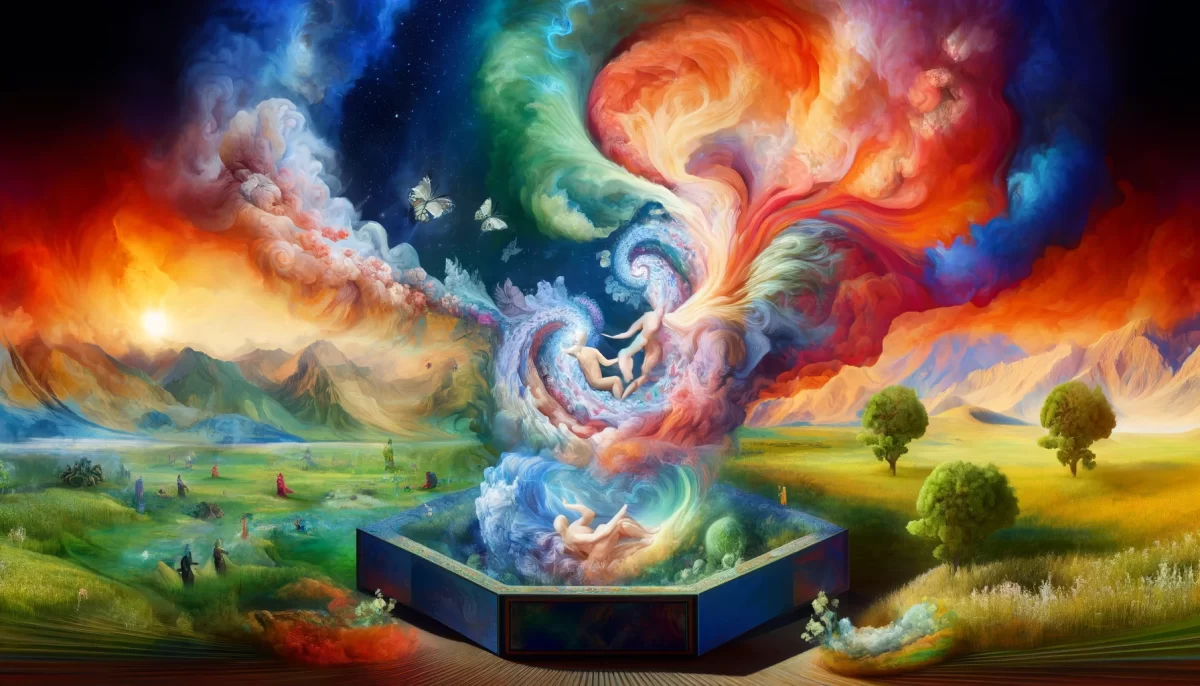


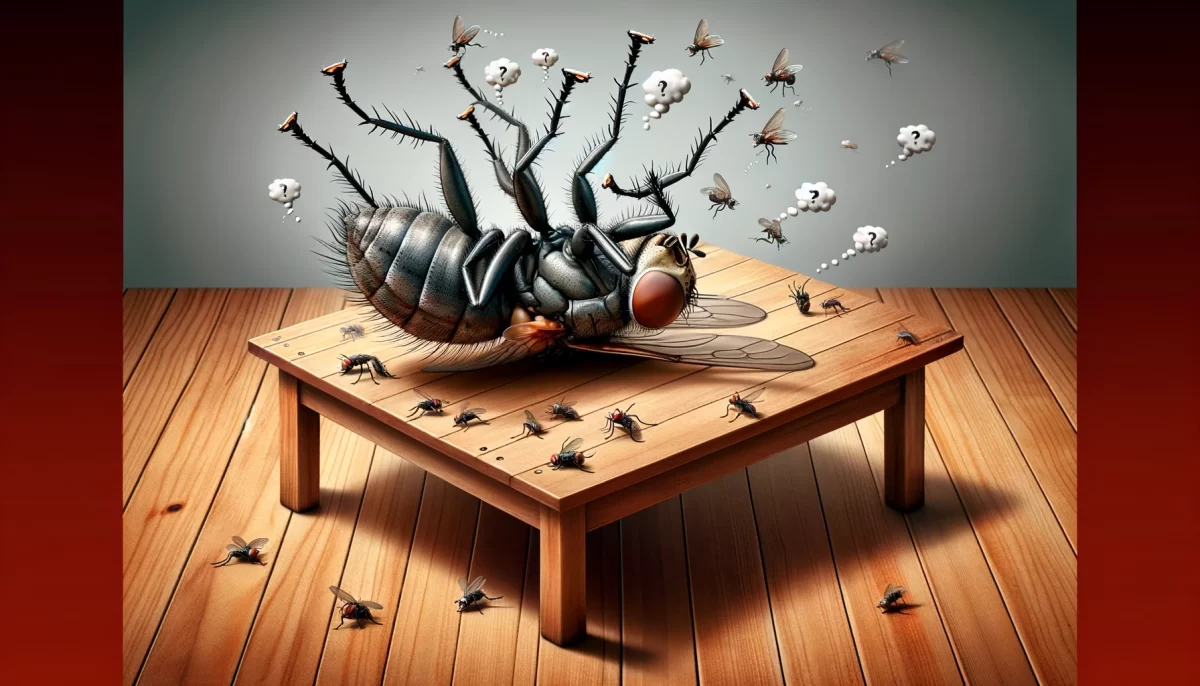
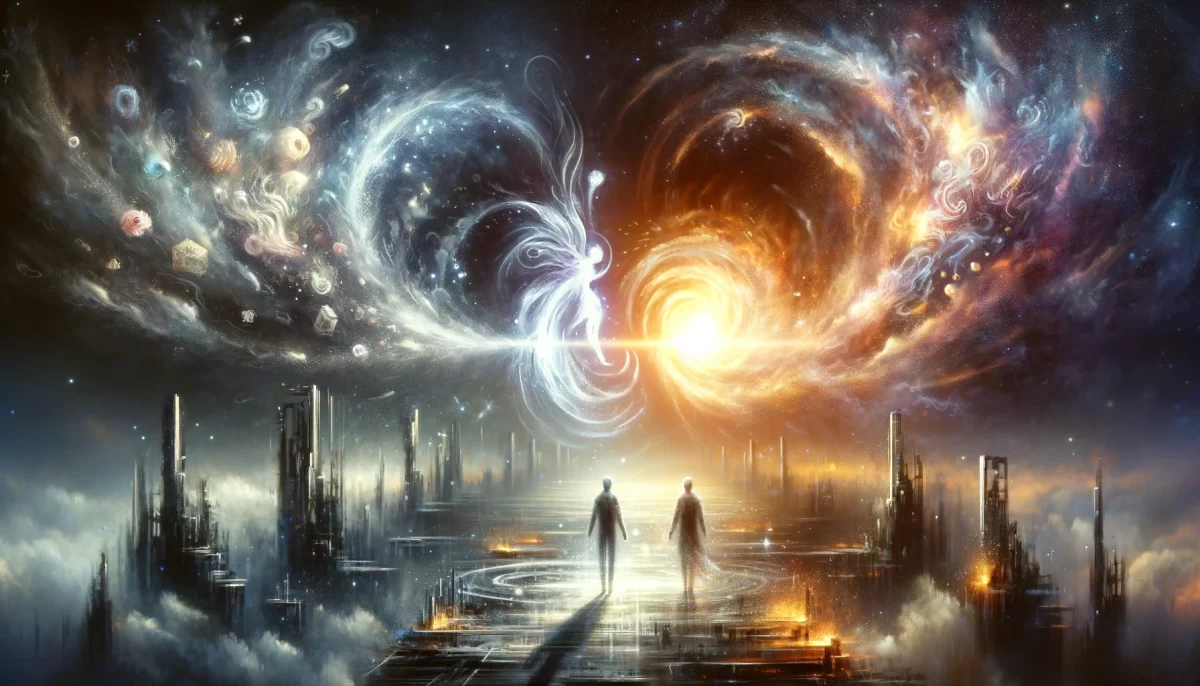
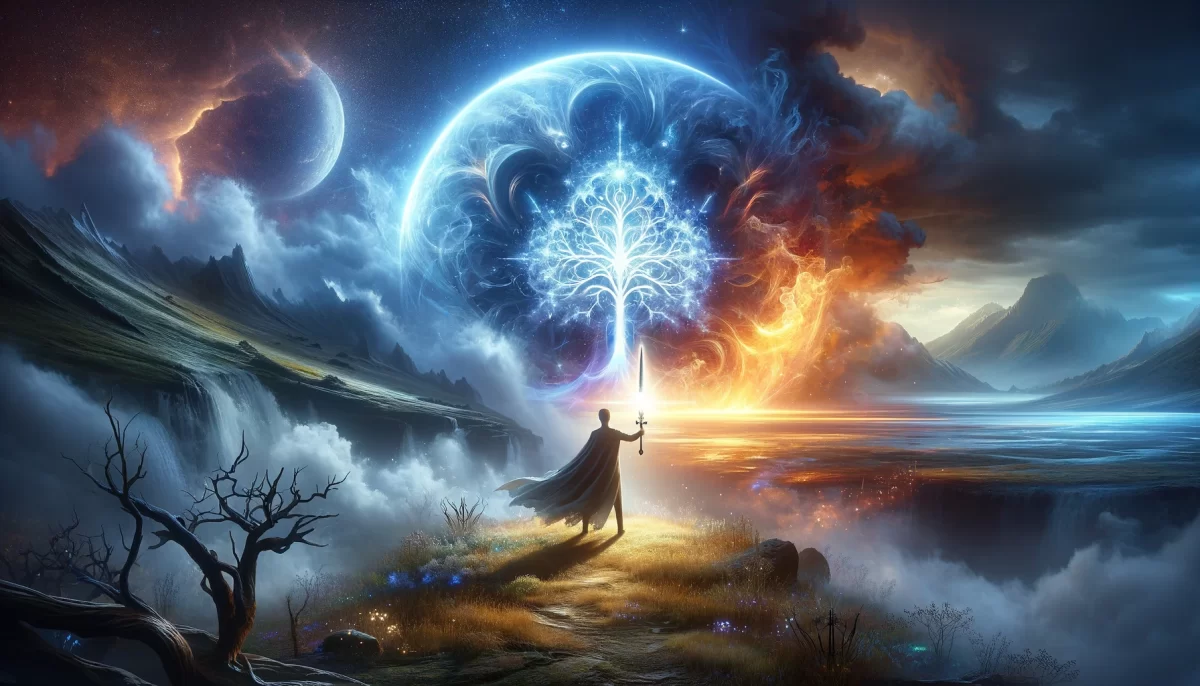
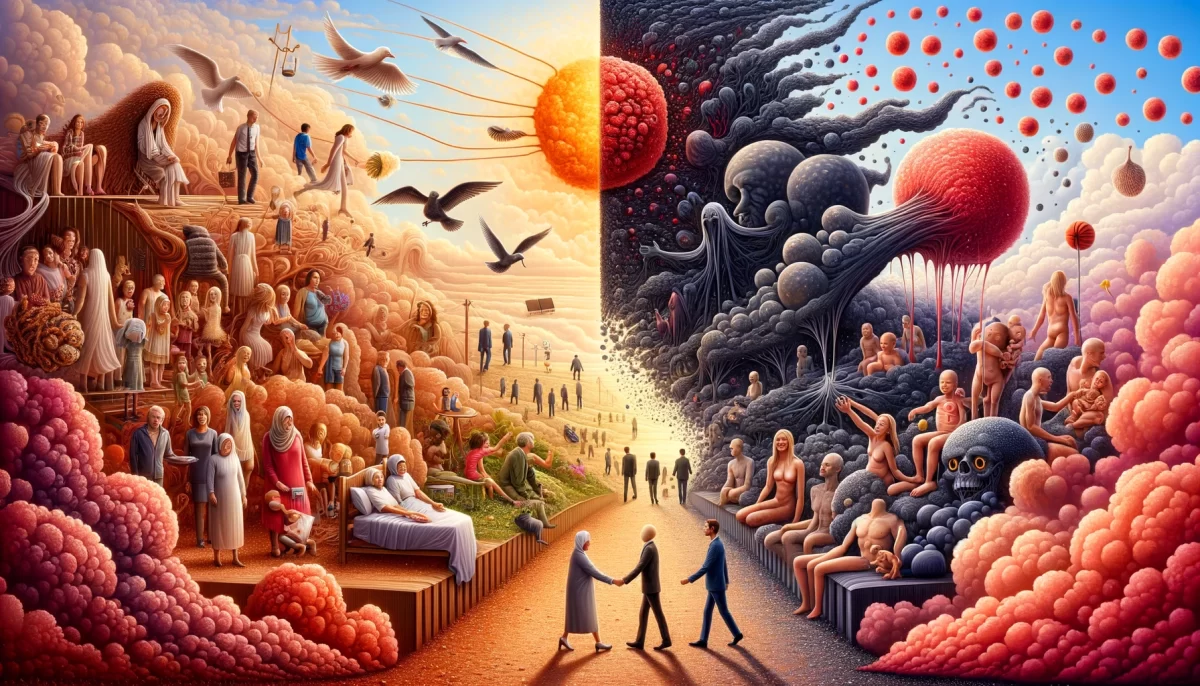
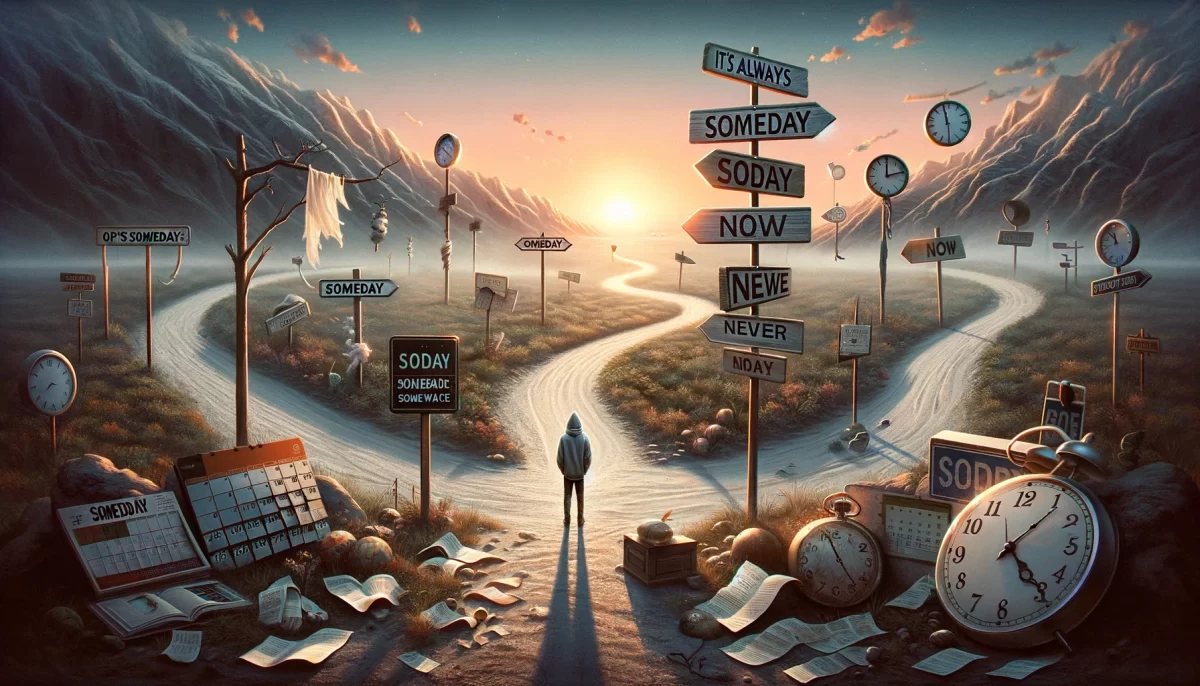
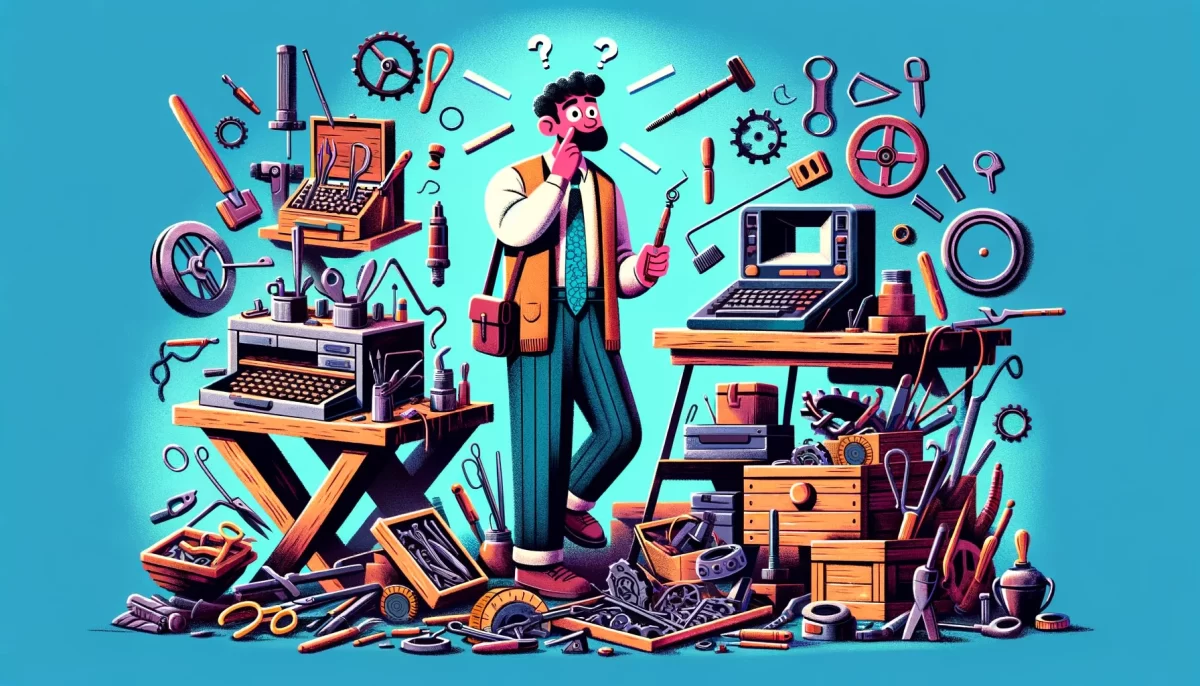
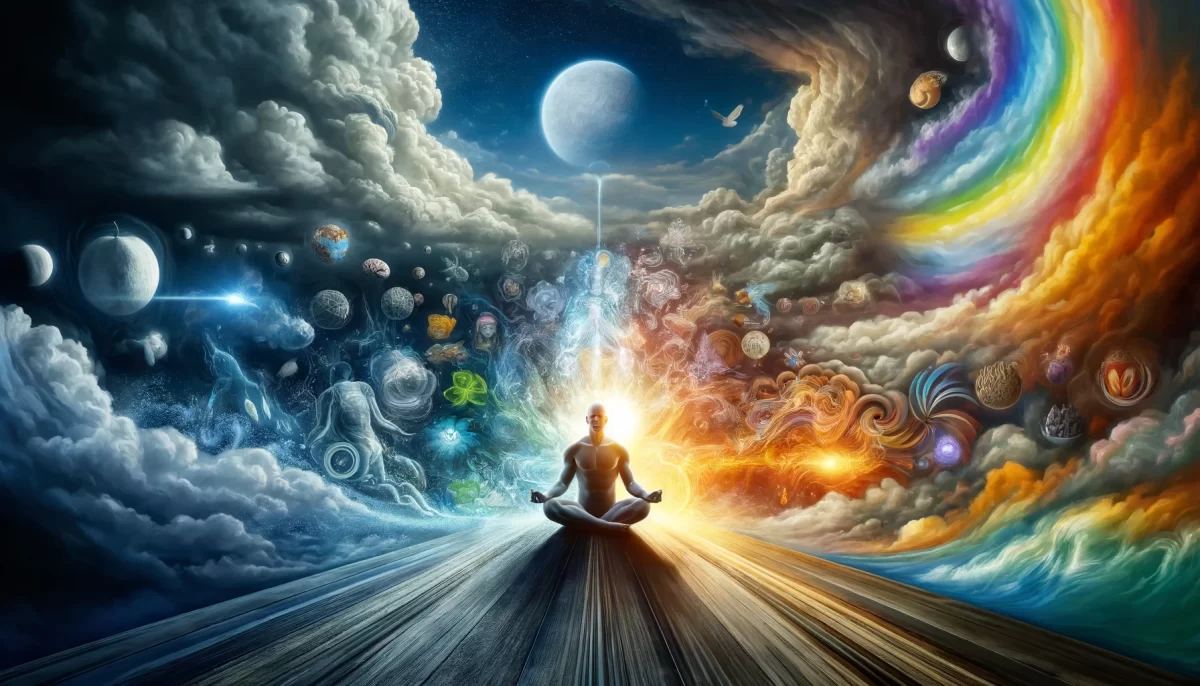



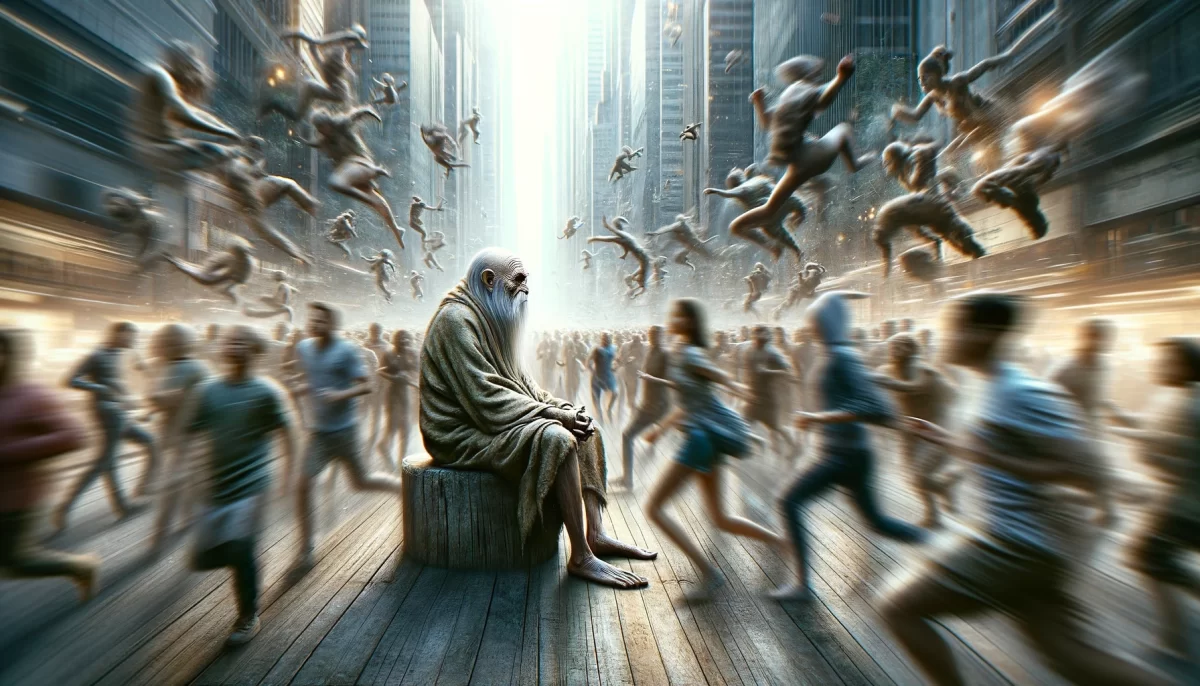

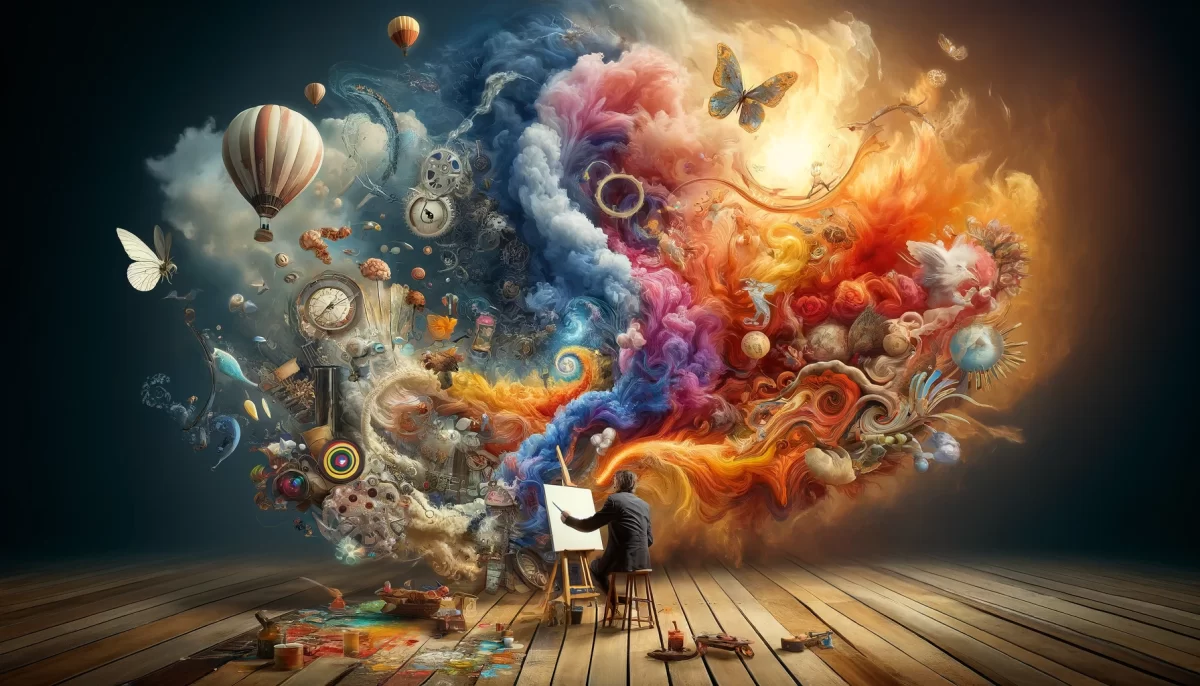

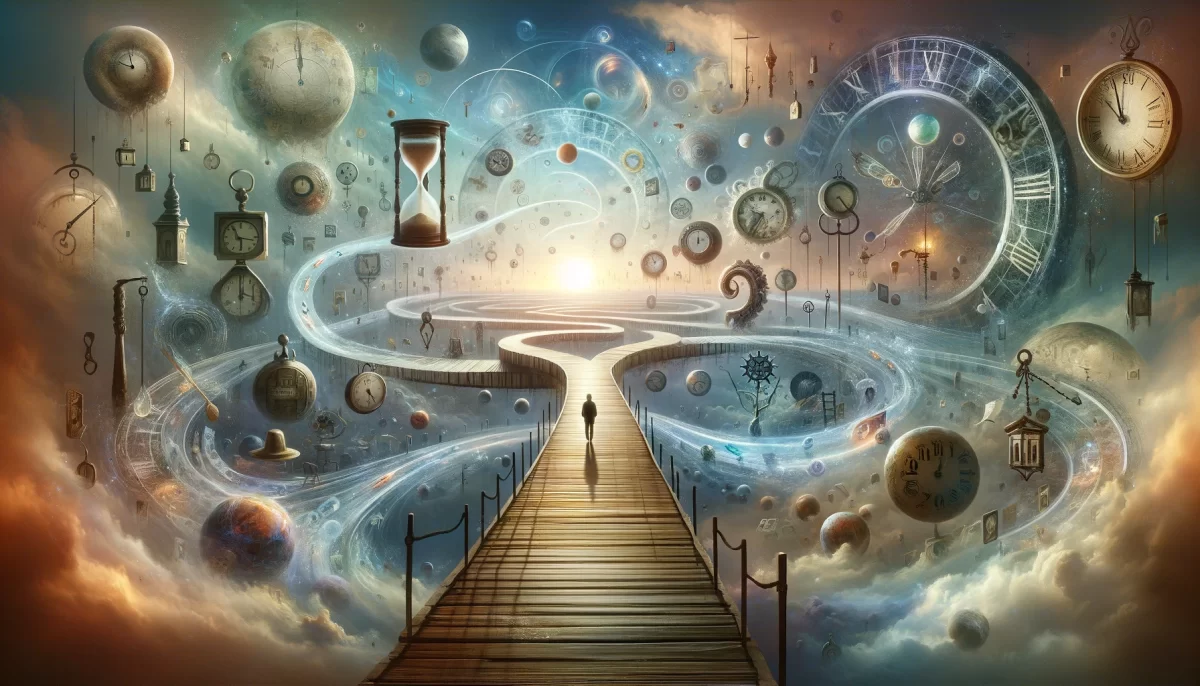
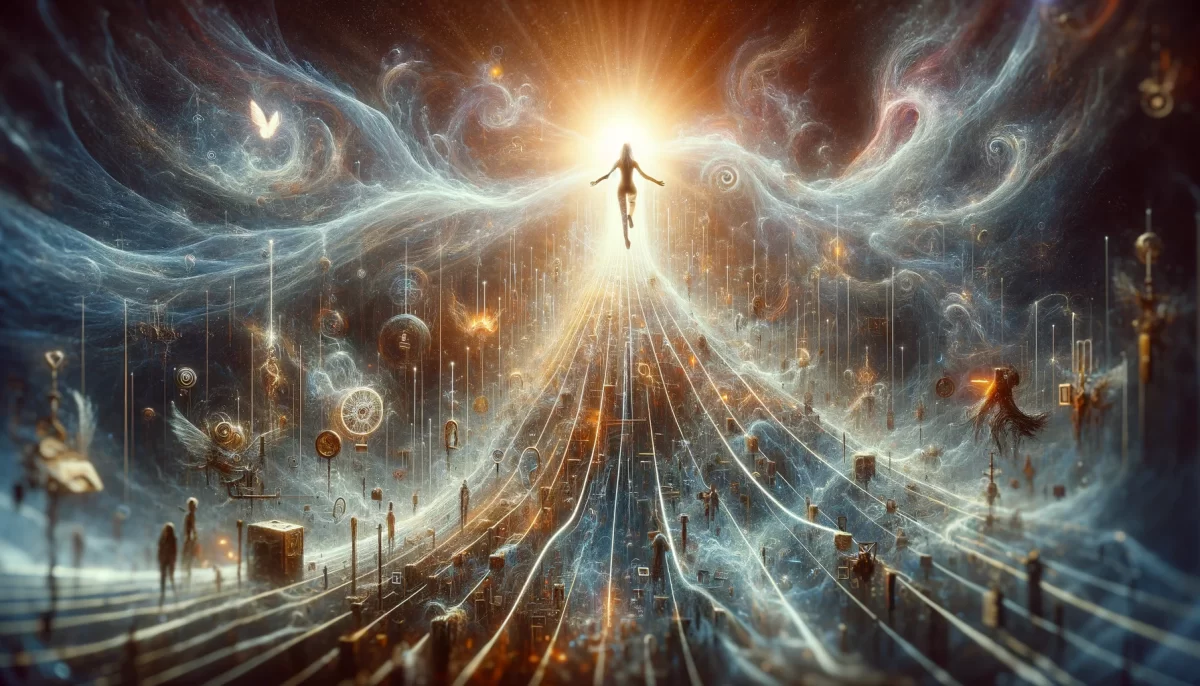


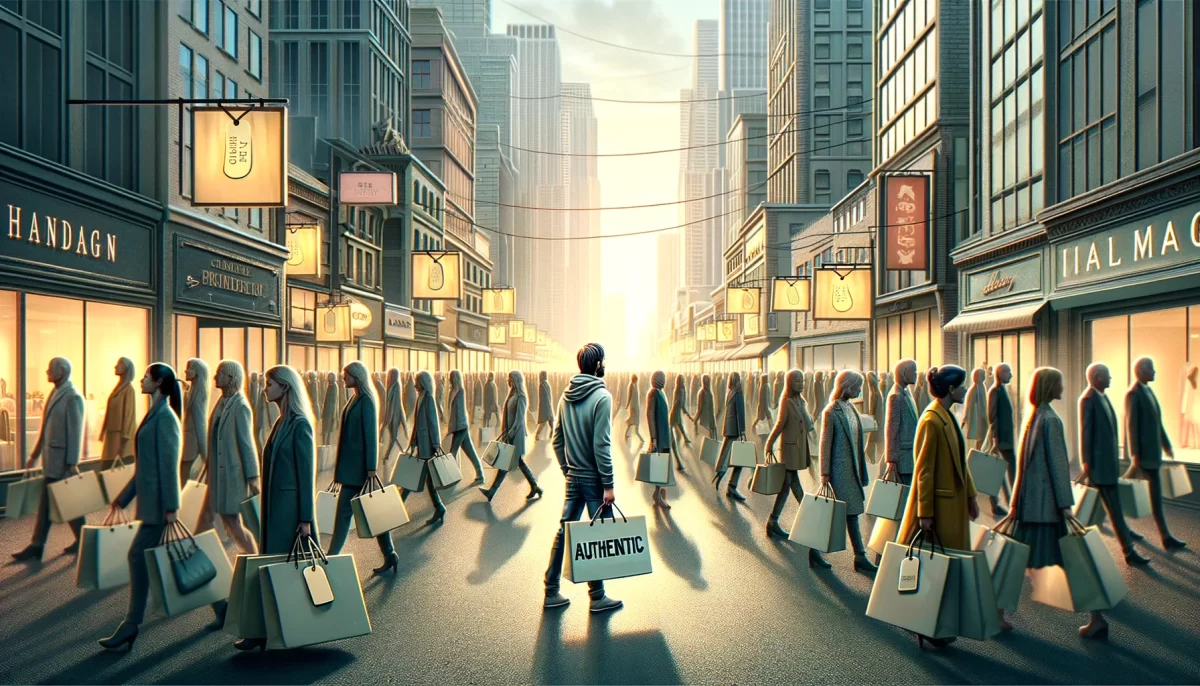




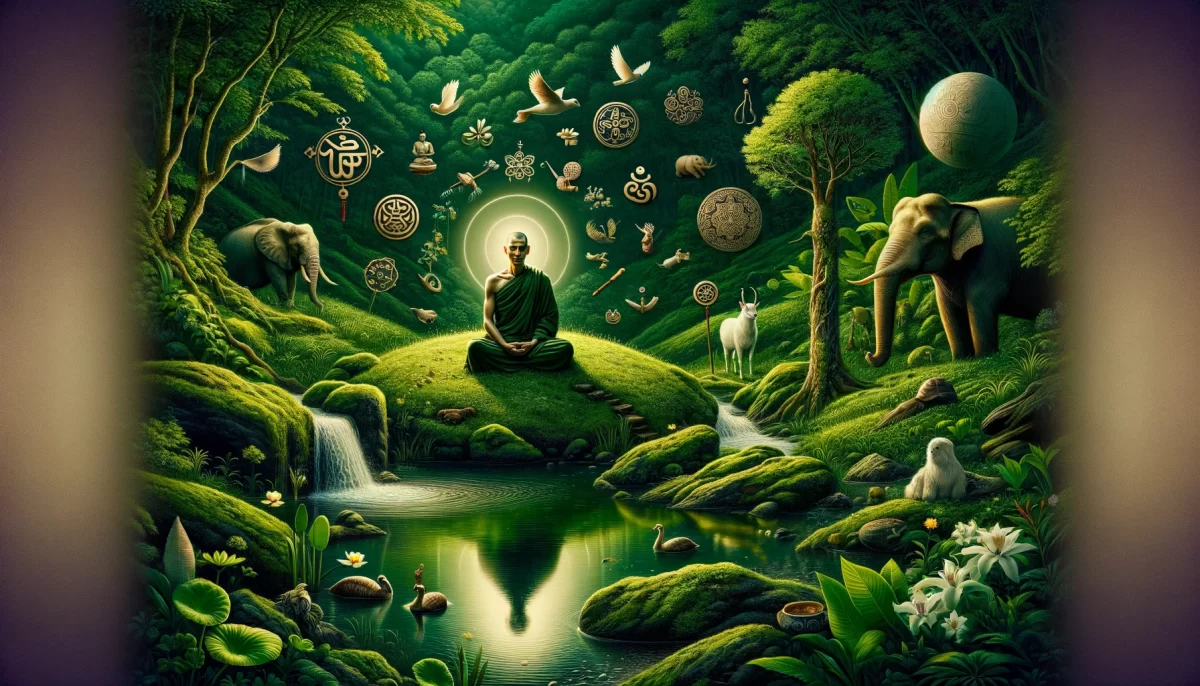
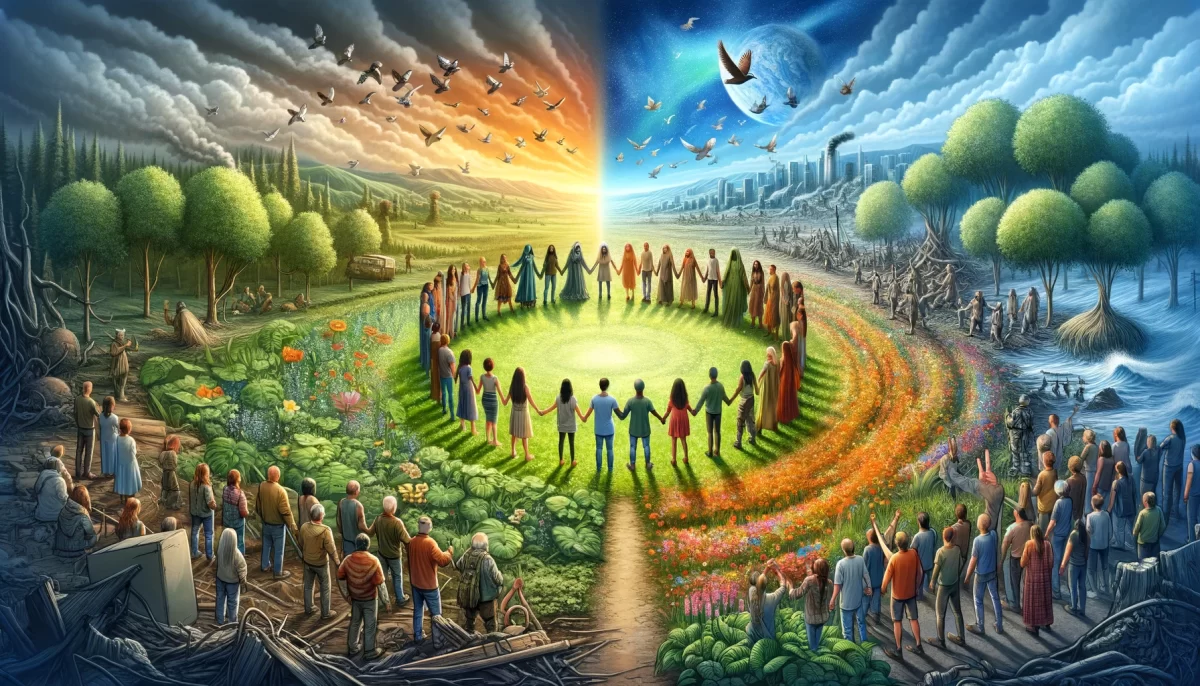
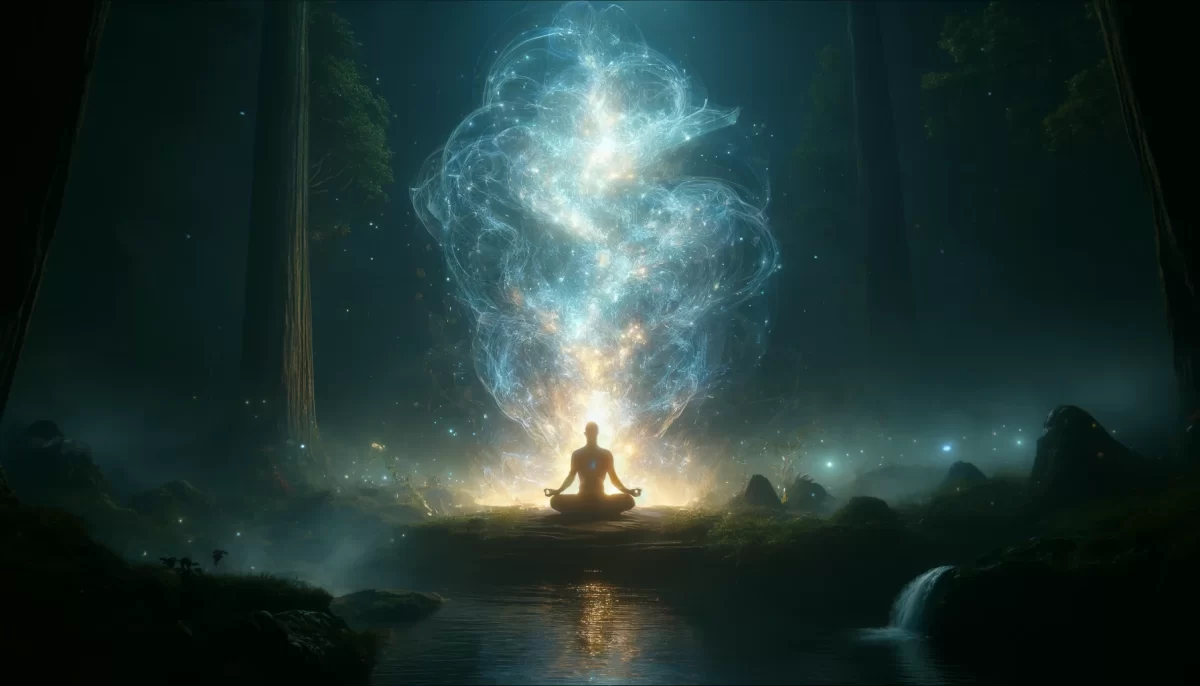

Within the context of TWIN (That Which Is Not), let’s examine the poem “Mental Furniture”:
“Mental Furniture:”
Rest a while
on your mental furniture.
Some things
stand in front of other things
which hide the door to more things.
In the realm of TWIN, the concept of mental furniture represents the thoughts, beliefs, and perceptions that shape our inner world. The poem encourages us to take a moment to rest upon this mental furniture, acknowledging its presence and influence. It suggests that certain thoughts and concerns occupy our attention, obstructing our view of deeper understanding and unseen possibilities—the door to more things.
The poem reflects the paradoxical nature of TWIN, where the things closest to us, which preoccupy our minds, may not necessarily align with our true desires and aspirations. It implies that what we can’t see, the hidden aspects beyond our immediate perception, hold the greatest allure and potential. It alludes to the notion that we may have accumulated a multitude of thoughts and ideas, figuratively piled to the ceiling, leading us to forget about the door that leads to new experiences and revelations.
Amidst the perceived entrapment and loneliness within our mental space, the poem reassures us that we are not truly alone. It suggests that everything we need and everyone we need is near, existing within the realm of TWIN. By shifting our focus beyond the mental furniture, by peering past the thoughts and beliefs that consume us, we can uncover the beauty and possibilities that lie in the unseen aspects of our consciousness.
While urging us to explore the depths of TWIN, the poem also advises us not to neglect or reject the immediate aspects of our mental furniture. It reminds us to honor the reason behind their presence. The table and chair mentioned in the poem symbolize resting places for us to appreciate what we already have and to acknowledge the existence of our current experiences. However, they should not become the sole focus of our attention. Rather, they should serve as reminders that there is more to be discovered beyond our current state of being.
In the context of TWIN, “Mental Furniture” prompts us to embrace the paradoxical nature of our thoughts and perceptions. It encourages us to recognize the influence of our mental constructs while also exploring the vast expanse of the unseen. By transcending the limitations of our immediate concerns and venturing into the depths of TWIN, we open ourselves to new possibilities, expanding our understanding of ourselves and the world.
In conclusion, within the framework of TWIN, “Mental Furniture” invites us to contemplate the interplay between our thoughts and the hidden realms of existence. It urges us to rest upon our mental furniture while simultaneously seeking to discover what lies beyond it. By doing so, we can uncover the hidden truths, experiences, and potential that await us in the realm of TWIN.